Home>Technology>Smart Home Devices>How To Clean Laser Printer Drum
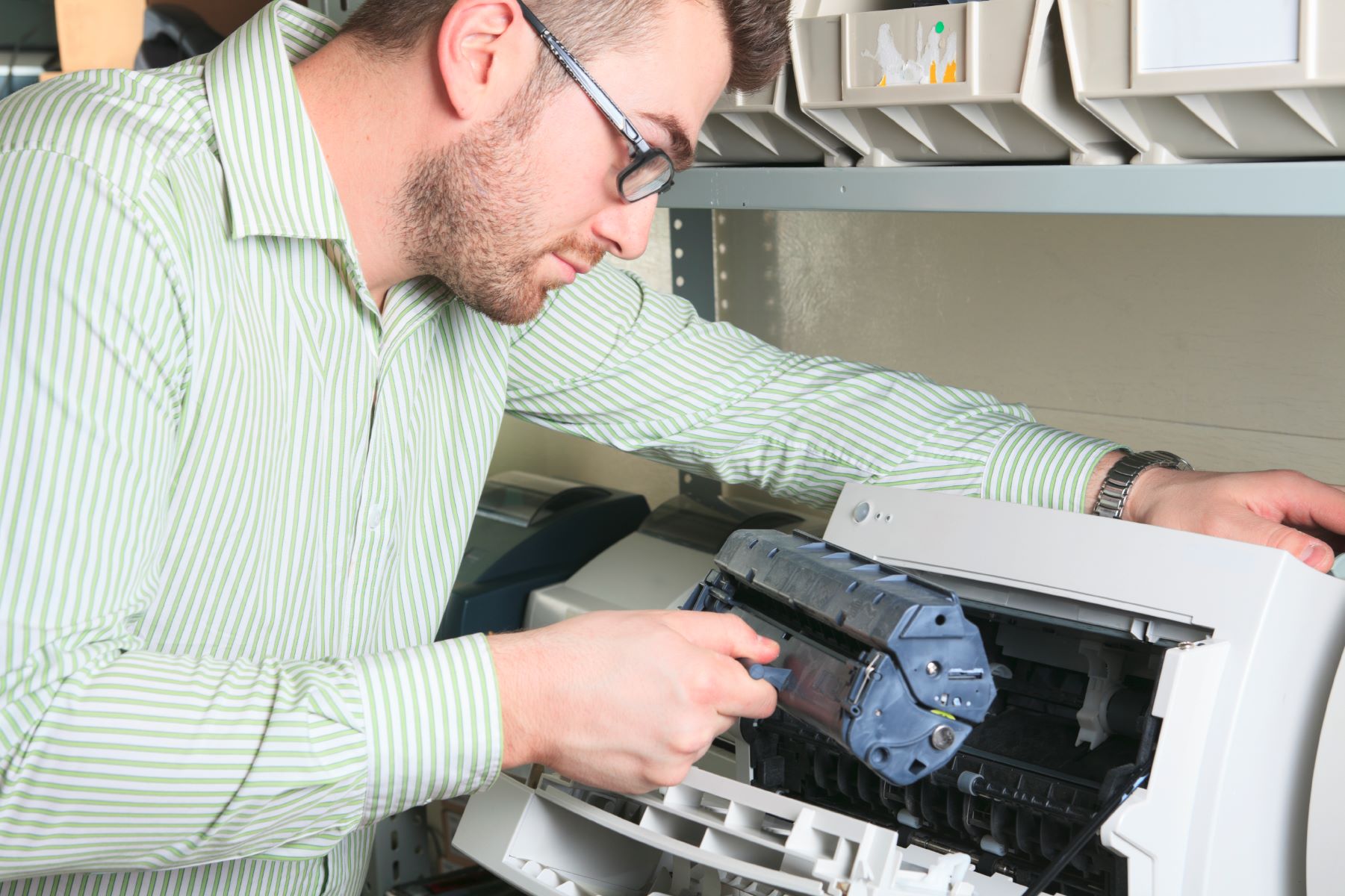

Smart Home Devices
How To Clean Laser Printer Drum
Modified: January 24, 2024
Learn how to clean your laser printer drum at home and keep your smart home devices running smoothly. Follow these simple steps for a clean and efficient printer drum.
(Many of the links in this article redirect to a specific reviewed product. Your purchase of these products through affiliate links helps to generate commission for Storables.com, at no extra cost. Learn more)
Introduction
Welcome to the world of laser printing! If you own a laser printer, you already know the joy of sharp, high-quality prints produced at lightning speed. However, to maintain the exceptional print quality, it's crucial to pay attention to the printer's components, including the laser printer drum.
The drum is a vital part of the laser printing process, as it plays a pivotal role in transferring toner to the paper, ultimately creating the images and text on your prints. Over time, the drum can accumulate toner residue and debris, leading to print quality issues such as streaks, smudges, and faded areas. Fortunately, with the right knowledge and a bit of care, you can effectively clean the laser printer drum and restore your printer's performance.
In this comprehensive guide, we will delve into the intricate world of laser printer maintenance, specifically focusing on the essential task of cleaning the printer drum. Whether you're a seasoned printer enthusiast or a newcomer to the realm of laser printing, this guide will equip you with the knowledge and confidence to maintain your printer with ease.
So, roll up your sleeves, gather your cleaning supplies, and let's embark on a journey to rejuvenate your laser printer drum and revitalize your printing experience. Get ready to witness the transformative power of a clean drum as we unravel the art of maintaining a laser printer at its peak performance.
Key Takeaways:
- Regularly cleaning your laser printer drum with isopropyl alcohol and lint-free cloths can improve print quality and maintain peak performance.
- After cleaning and reassembling the printer, conduct test prints to verify the impact of the maintenance on print quality and overall performance.
Read more: How To Clean A Printer Drum
Understanding the Laser Printer Drum
Before delving into the cleaning process, it’s essential to grasp the significance of the laser printer drum and its role in the printing mechanism. The drum, often referred to as the photoconductor drum, is a critical component within a laser printer. It is responsible for receiving the electrical charge from the printer’s corona wire or primary charge roller, which creates an electrostatic image of the content to be printed.
Constructed from a light-sensitive material, typically a selenium alloy or organic photoconductor, the drum’s surface is designed to hold an electrostatic charge. When the laser or LED light source within the printer activates, it forms the latent image of the content to be printed on the drum’s surface by discharging the electrostatic charge in specific areas.
Once the latent image is formed, the toner, a fine powder containing pigment and plastic particles, is attracted to the charged areas of the drum, effectively transferring the image onto the paper as it passes through the printer. This intricate process is repeated for each color layer in a color laser printer, resulting in the creation of vibrant and precise prints.
Over time, toner residue and debris can accumulate on the drum’s surface, leading to print quality issues such as streaks, smudges, and faded areas. Additionally, the accumulation of debris can interfere with the uniform transfer of toner to the paper, impacting the overall print quality.
Understanding the drum’s pivotal role in the printing process underscores the importance of regular maintenance, including thorough cleaning to ensure optimal performance and print quality. With a clear understanding of the drum’s function, you’re now ready to prepare for the essential task of cleaning the laser printer drum.
Preparing to Clean the Laser Printer Drum
Before embarking on the cleaning process, it’s crucial to prepare the necessary supplies and create a suitable workspace. Gathering the following items will ensure a smooth and effective cleaning experience:
- Clean, Lint-Free Cloths: Select soft, lint-free cloths that won’t leave behind fibers or residues that could further compromise the drum’s cleanliness.
- Isopropyl Alcohol: This alcohol-based solution is excellent for dissolving toner residue and other contaminants on the drum’s surface. Ensure a high purity level, preferably 90% or higher, for optimal cleaning results.
- Cotton Swabs: These precision tools are ideal for targeting small or hard-to-reach areas on the drum’s surface.
- Toner Vacuum (Optional): If toner spillage is a concern, a toner vacuum designed for safely handling toner particles can be a valuable addition to your cleaning arsenal.
- Protective Gear: Consider wearing disposable gloves and a dust mask to minimize direct contact with toner particles and prevent inhalation of airborne contaminants.
- Printer Manual: Refer to the printer’s manual for specific instructions and precautions related to drum cleaning. This resource can provide valuable insights tailored to your printer model.
With the cleaning supplies assembled, it’s essential to create a suitable workspace for the maintenance task. Choose a well-ventilated area to minimize exposure to airborne particles and ensure easy cleanup. Additionally, cover the work surface with a disposable or washable material, such as a plastic sheet or old newspapers, to catch any loose toner or cleaning residues.
Before initiating the cleaning process, it’s advisable to power off the printer and allow it to cool down. This precaution reduces the risk of accidental burns and ensures that the drum and surrounding components are safe to handle. As an added measure, remove the toner cartridge from the printer to access the drum without obstruction.
By preparing the essential supplies and establishing a suitable workspace, you’re now equipped to embark on the crucial phase of cleaning the laser printer drum. With careful preparation and attention to detail, you’ll optimize the effectiveness of the cleaning process and safeguard the integrity of your printer’s components.
Use a soft, lint-free cloth to gently wipe the drum. Avoid touching the drum with your fingers. If there are stubborn marks, use a small amount of isopropyl alcohol on the cloth. Be gentle to avoid damaging the drum.
Cleaning the Laser Printer Drum
Now that you’ve assembled the necessary supplies and prepared the workspace, it’s time to delve into the meticulous process of cleaning the laser printer drum. Follow these step-by-step guidelines to ensure a thorough and effective cleaning experience:
- Accessing the Drum: Begin by locating the drum unit within your printer. Refer to the printer’s manual for specific instructions on accessing the drum unit, as the process may vary based on the printer model. Once the drum unit is accessible, carefully remove it from the printer according to the provided guidelines.
- Inspecting the Drum: Before proceeding with the cleaning, take a close look at the drum’s surface. Check for any visible toner residue, debris, or signs of wear and tear. This inspection will provide valuable insights into the extent of cleaning required and any potential issues affecting the drum’s performance.
- Applying Isopropyl Alcohol: Moisten a lint-free cloth or cotton swab with isopropyl alcohol. Gently but firmly wipe the drum’s surface to dissolve and remove any accumulated toner residue and contaminants. Exercise caution to avoid applying excessive pressure, as this could damage the delicate surface of the drum.
- Targeting Stubborn Contaminants: For persistent toner residue or debris in hard-to-reach areas, utilize cotton swabs moistened with isopropyl alcohol to precisely target and remove the contaminants. Take your time to ensure thorough cleaning, paying attention to detail and precision.
- Allowing for Drying: Once the cleaning process is complete, allow the drum to air dry completely before reassembling it into the printer. This ensures that any residual alcohol evaporates, leaving the drum’s surface clean and ready for optimal printing performance.
Throughout the cleaning process, maintain a gentle and methodical approach to safeguard the integrity of the drum’s surface. Avoid using abrasive materials or harsh chemicals, as these can compromise the drum’s functionality and longevity.
It’s important to note that while cleaning the drum can significantly improve print quality, excessive cleaning or aggressive techniques can lead to irreparable damage. Exercise caution and refer to the printer’s manual for specific recommendations and limitations related to drum maintenance.
By following these meticulous steps and exercising care and precision, you’ll effectively clean the laser printer drum, paving the way for enhanced print quality and continued reliability from your printer. With the drum now revitalized, it’s time to reassemble the printer and put it to the test.
Reassembling the Printer
With the laser printer drum now meticulously cleaned and ready to resume its crucial role in the printing process, it’s time to carefully reassemble the printer. Follow these essential steps to ensure a seamless and successful reassembly:
- Inspecting the Drum Unit: Before reinserting the drum unit into the printer, perform a final inspection to confirm that the cleaning process has effectively removed any toner residue or contaminants. Ensure that the drum’s surface is dry and free from any cleaning residues.
- Aligning and Inserting the Drum: Align the drum unit precisely according to the printer’s manual, ensuring that it fits securely into its designated position within the printer. Exercise caution to avoid touching the drum’s surface or other sensitive components during the reinsertion process.
- Securing the Drum Unit: Once the drum unit is correctly positioned, secure it in place according to the printer’s manual. Follow the provided guidelines to lock the drum unit securely, preventing any potential displacement during printer operation.
- Reinstalling the Toner Cartridge: If you removed the toner cartridge earlier, carefully reinstall it into the printer following the manufacturer’s instructions. Ensure that the toner cartridge is securely seated and that any protective seals or tabs are appropriately removed.
- Closing the Printer Cover: After reassembling the drum unit and toner cartridge, close the printer’s cover or access panel securely. Verify that all components are correctly positioned and that the cover latches or locks in place without resistance.
As you reassemble the printer, it’s essential to handle each component with care and precision. Avoid applying excessive force or using incorrect alignment, as this can lead to damage or operational issues within the printer.
Once the printer is reassembled, take a moment to review the printer manual for any specific post-cleaning recommendations or procedures provided by the manufacturer. This additional step can offer valuable insights tailored to your printer model, ensuring that the reassembly process aligns with the manufacturer’s guidelines.
With the printer now reassembled and the drum unit securely in place, it’s time to put the printer to the test and verify the impact of the drum cleaning on print quality and overall performance.
Read more: How To Clean A Laser Printer
Testing the Printer
After completing the meticulous process of cleaning and reassembling the laser printer drum, it’s crucial to conduct a series of test prints to evaluate the impact of the maintenance on the printer’s performance and print quality. Follow these key steps to effectively test the printer:
- Powering On the Printer: Ensure that the printer is securely connected to a power source and power it on according to the manufacturer’s instructions. Allow the printer to complete its startup sequence and reach a ready state before proceeding with the test prints.
- Printing a Test Page: Initiate the printing of a test page or a sample document to assess the print quality and overall performance of the printer. Pay close attention to the clarity, sharpness, and consistency of the printed content, observing for any signs of streaks, smudges, or faded areas.
- Verifying Print Quality: Carefully examine the test prints to gauge the impact of the drum cleaning on the printer’s output. Look for improvements in print clarity, color vibrancy, and overall uniformity, comparing the test prints to the printer’s performance before the maintenance process.
- Conducting Multiple Test Prints: To ensure a comprehensive evaluation, conduct multiple test prints across different types of documents, including text-based documents, graphics, and images. This approach provides a holistic assessment of the printer’s capabilities and print quality across various content formats.
- Observing Long-Term Improvements: Beyond immediate test prints, monitor the printer’s performance over subsequent print jobs to assess any sustained improvements resulting from the drum cleaning. Note any ongoing enhancements in print quality and consistency as the printer continues to operate.
As you conduct the test prints and evaluate the printer’s performance, maintain a keen eye for any residual print quality issues that may persist despite the drum cleaning. If you encounter any ongoing concerns, refer to the printer’s manual for troubleshooting guidance or consider seeking assistance from a qualified technician.
By meticulously testing the printer and scrutinizing the test prints, you’ll gain valuable insights into the effectiveness of the drum cleaning process and its impact on the printer’s overall performance. The test prints serve as a tangible demonstration of the maintenance’s results, affirming the importance of regular drum cleaning in sustaining optimal print quality.
With the printer successfully tested and the impact of the drum cleaning assessed, you can now enjoy the rejuvenated print quality and reliable performance of your laser printer. By incorporating regular maintenance, including drum cleaning, you’ll continue to uphold the exceptional standards of your printing endeavors.
Frequently Asked Questions about How To Clean Laser Printer Drum
Was this page helpful?
At Storables.com, we guarantee accurate and reliable information. Our content, validated by Expert Board Contributors, is crafted following stringent Editorial Policies. We're committed to providing you with well-researched, expert-backed insights for all your informational needs.
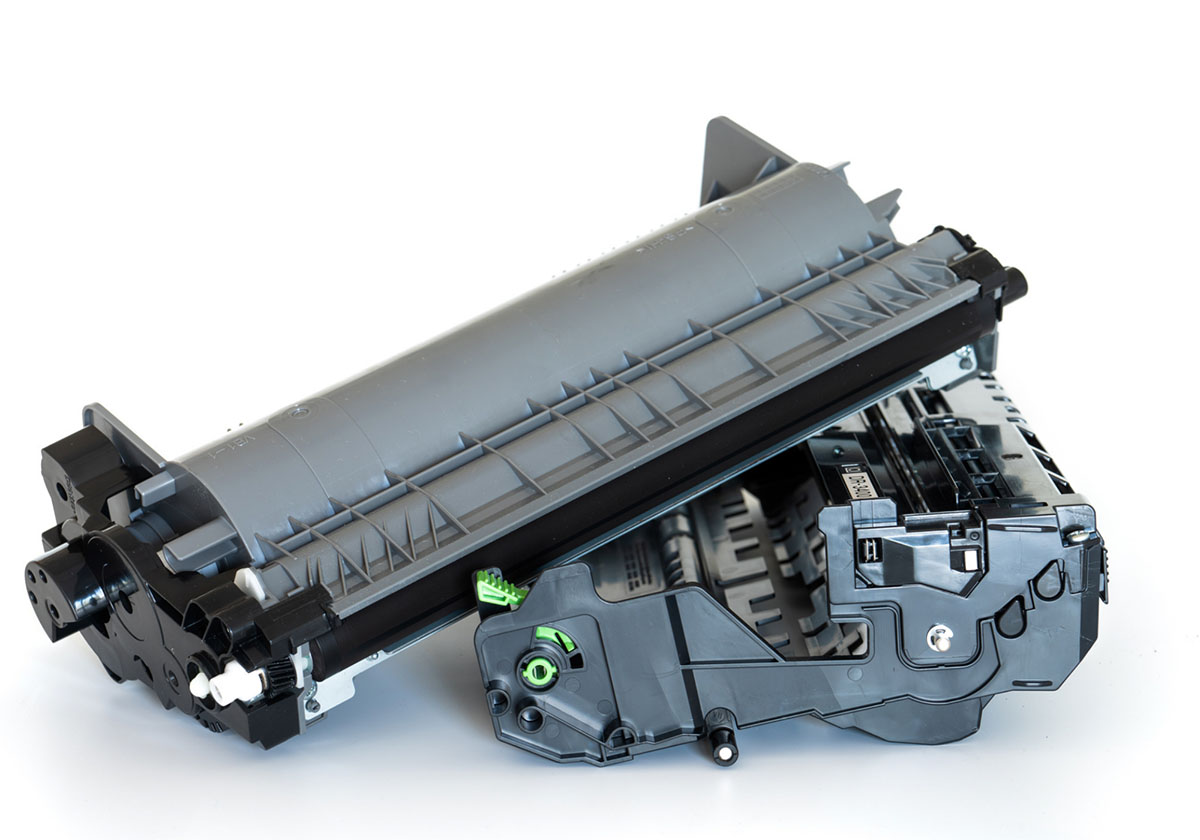
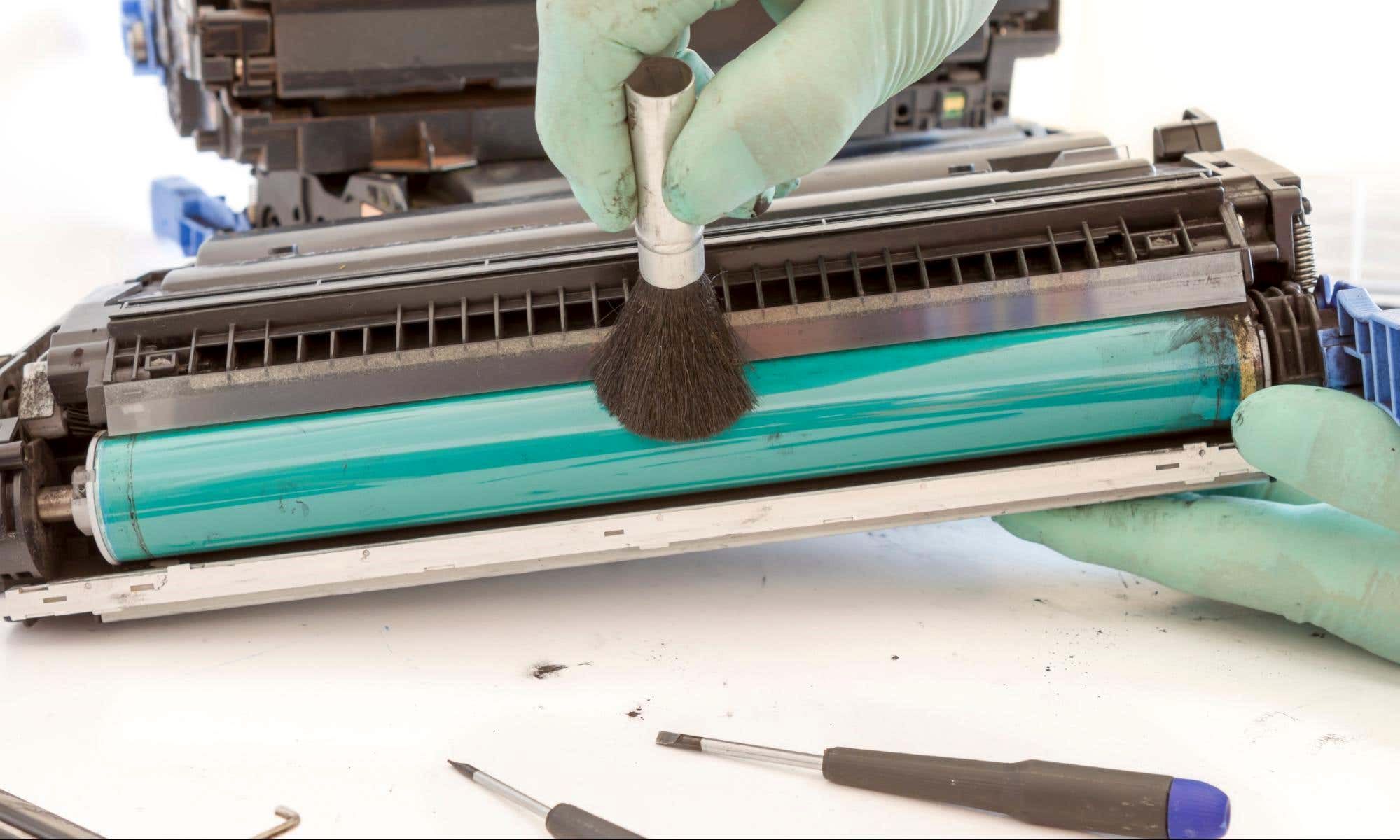
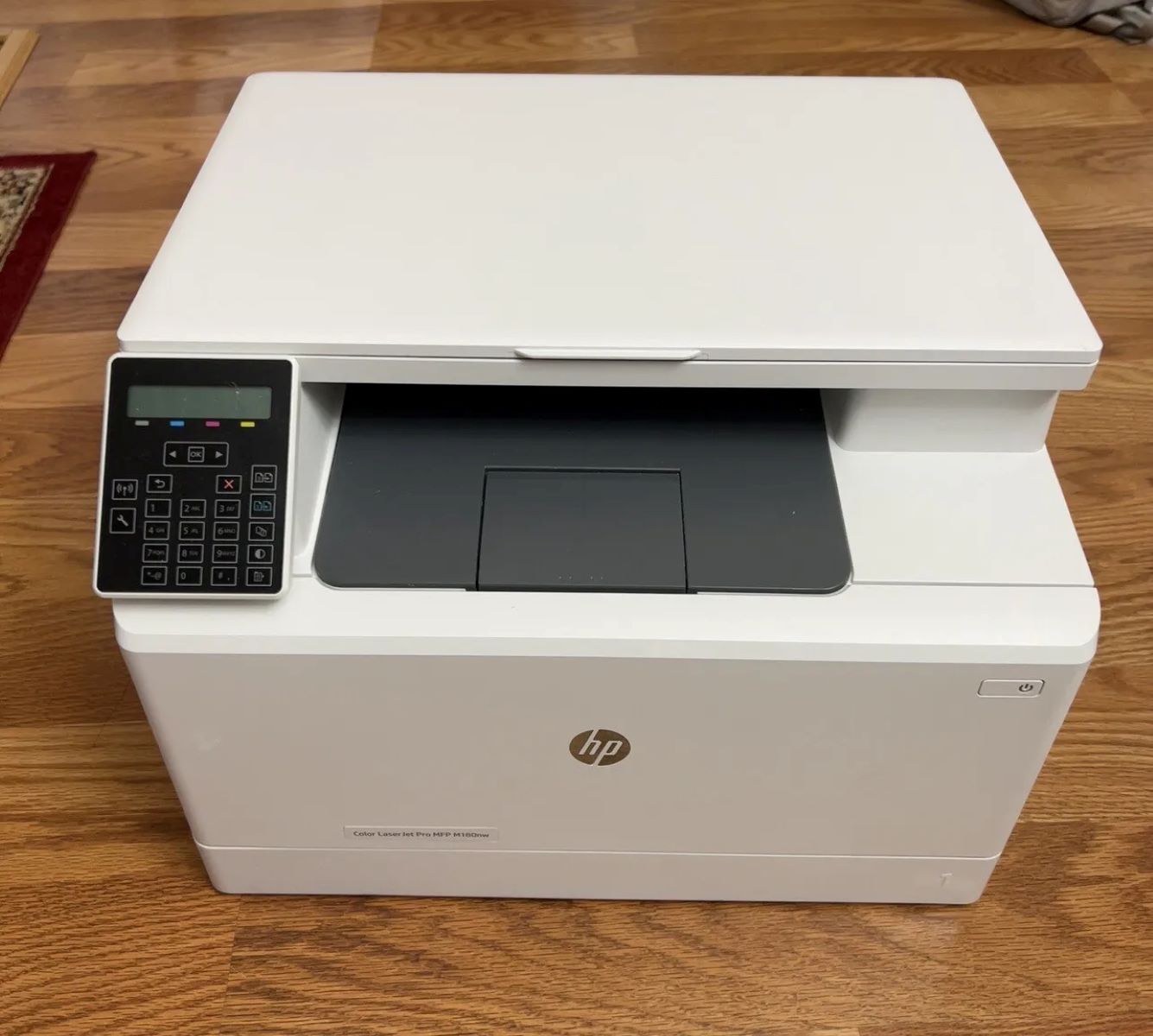
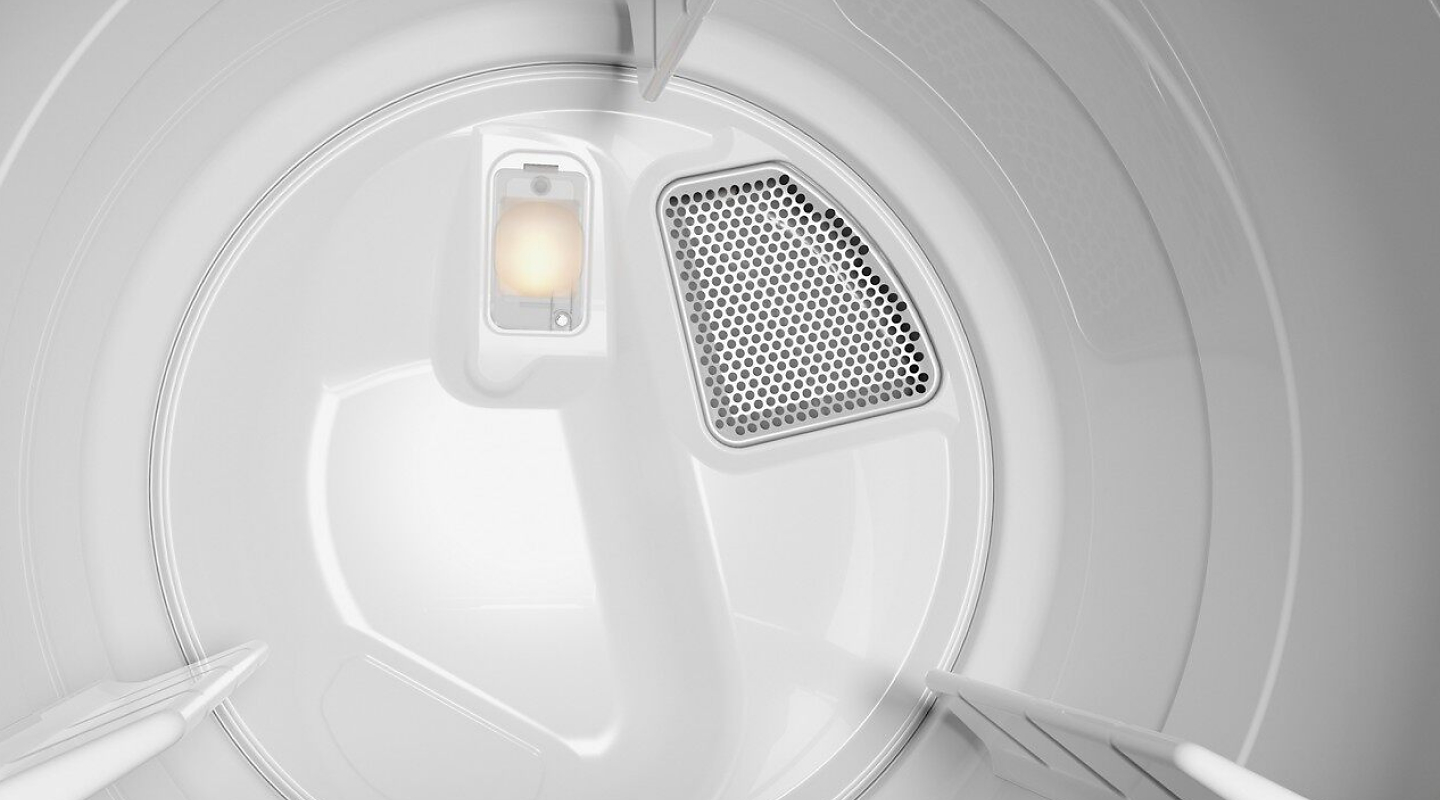
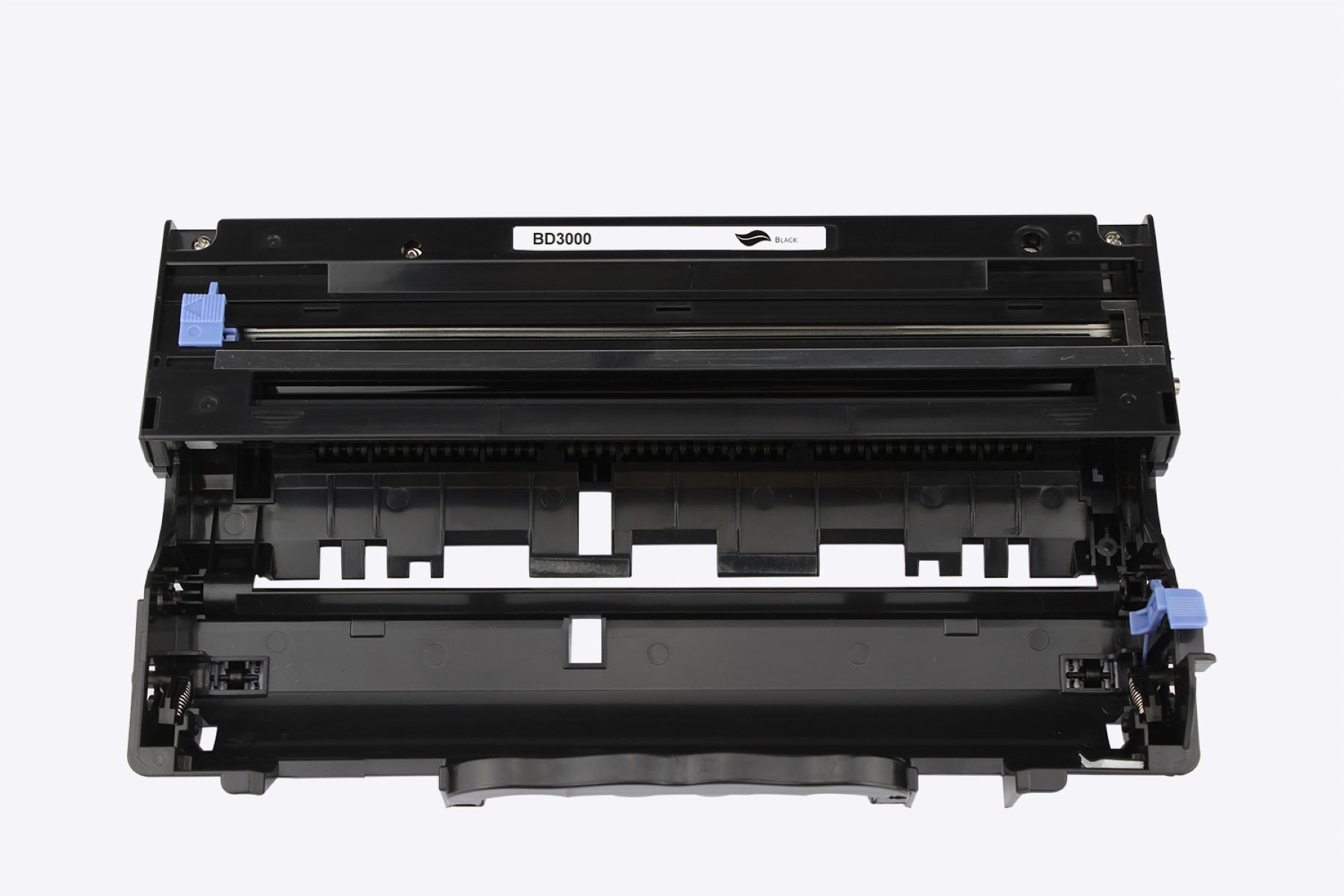
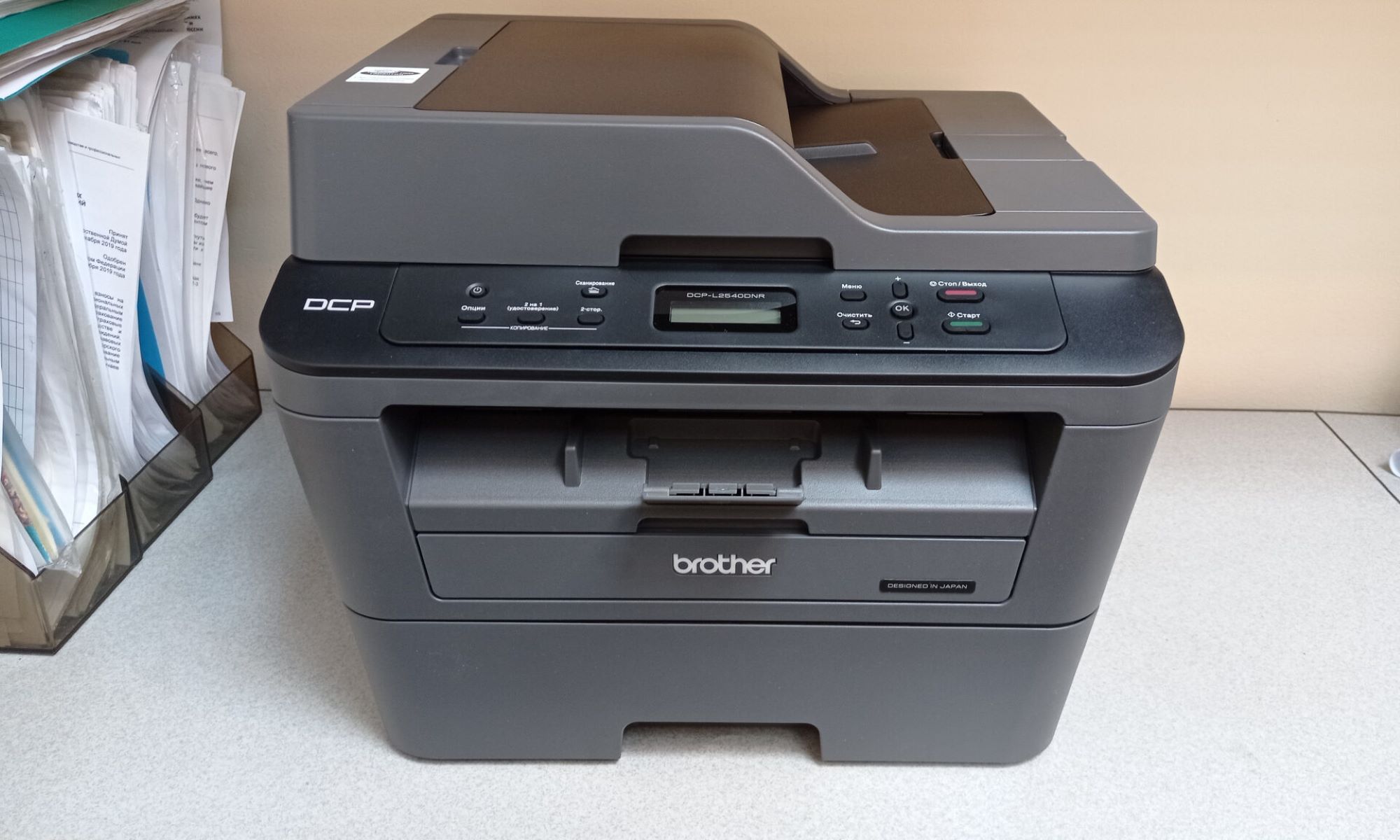
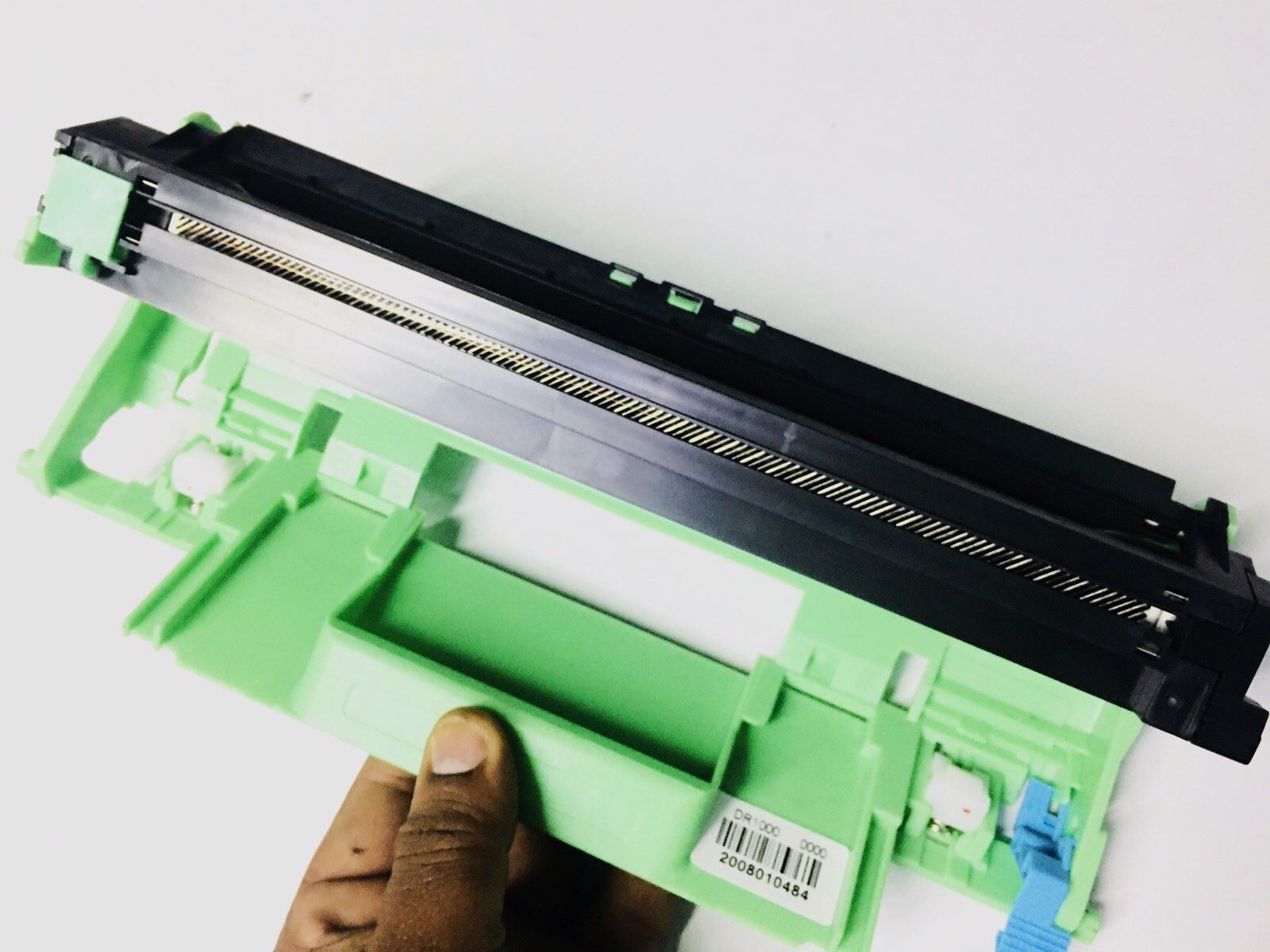
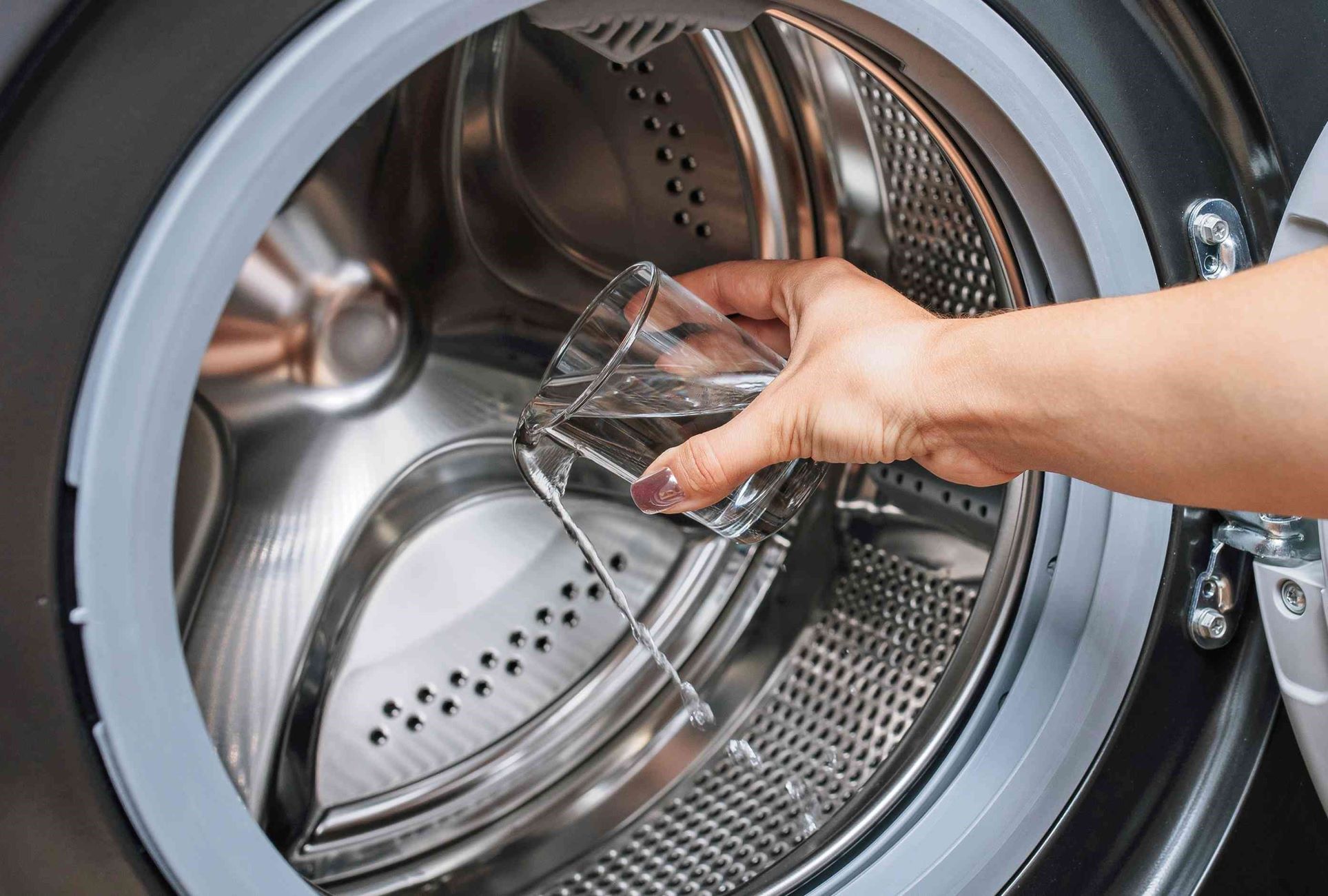
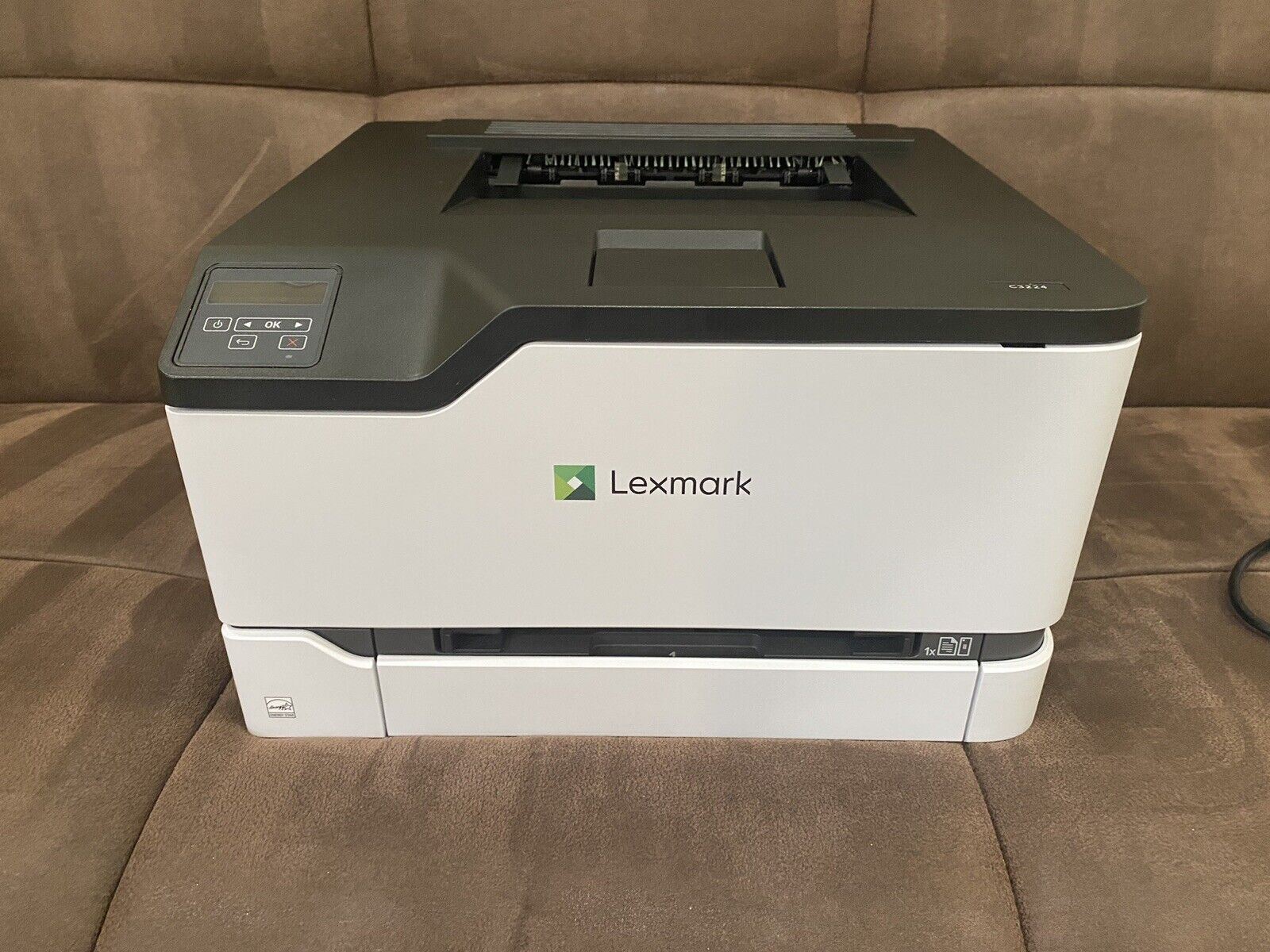
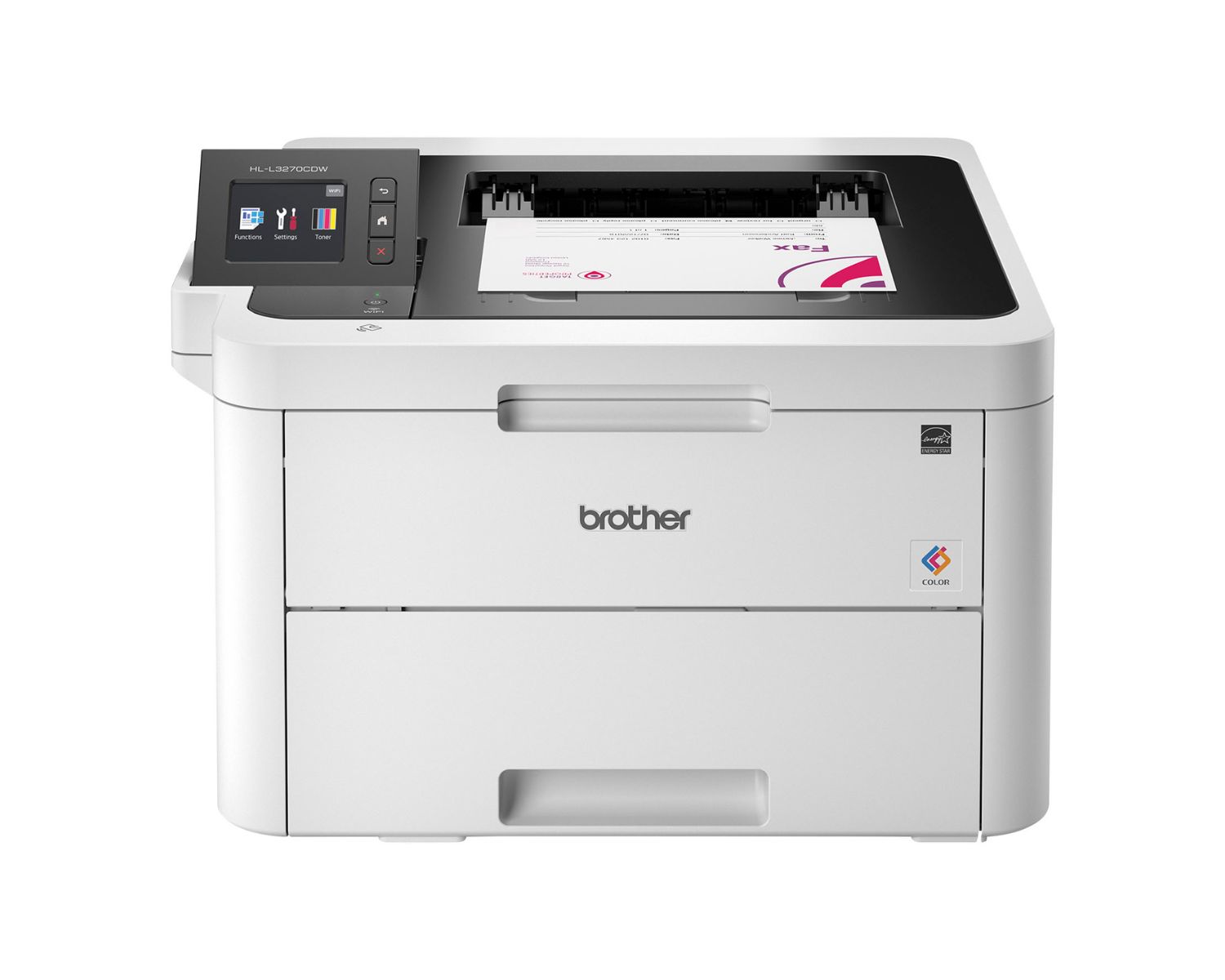

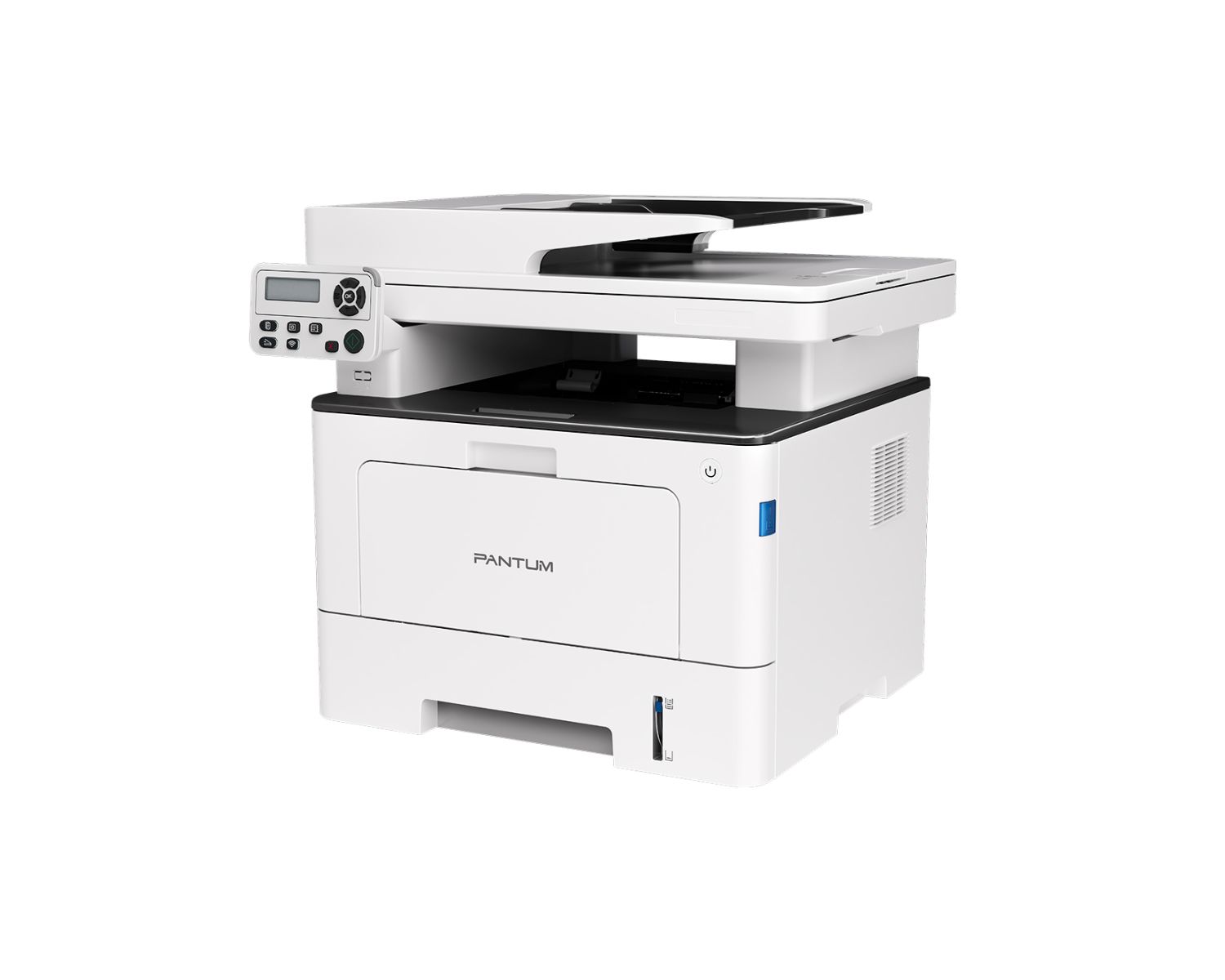
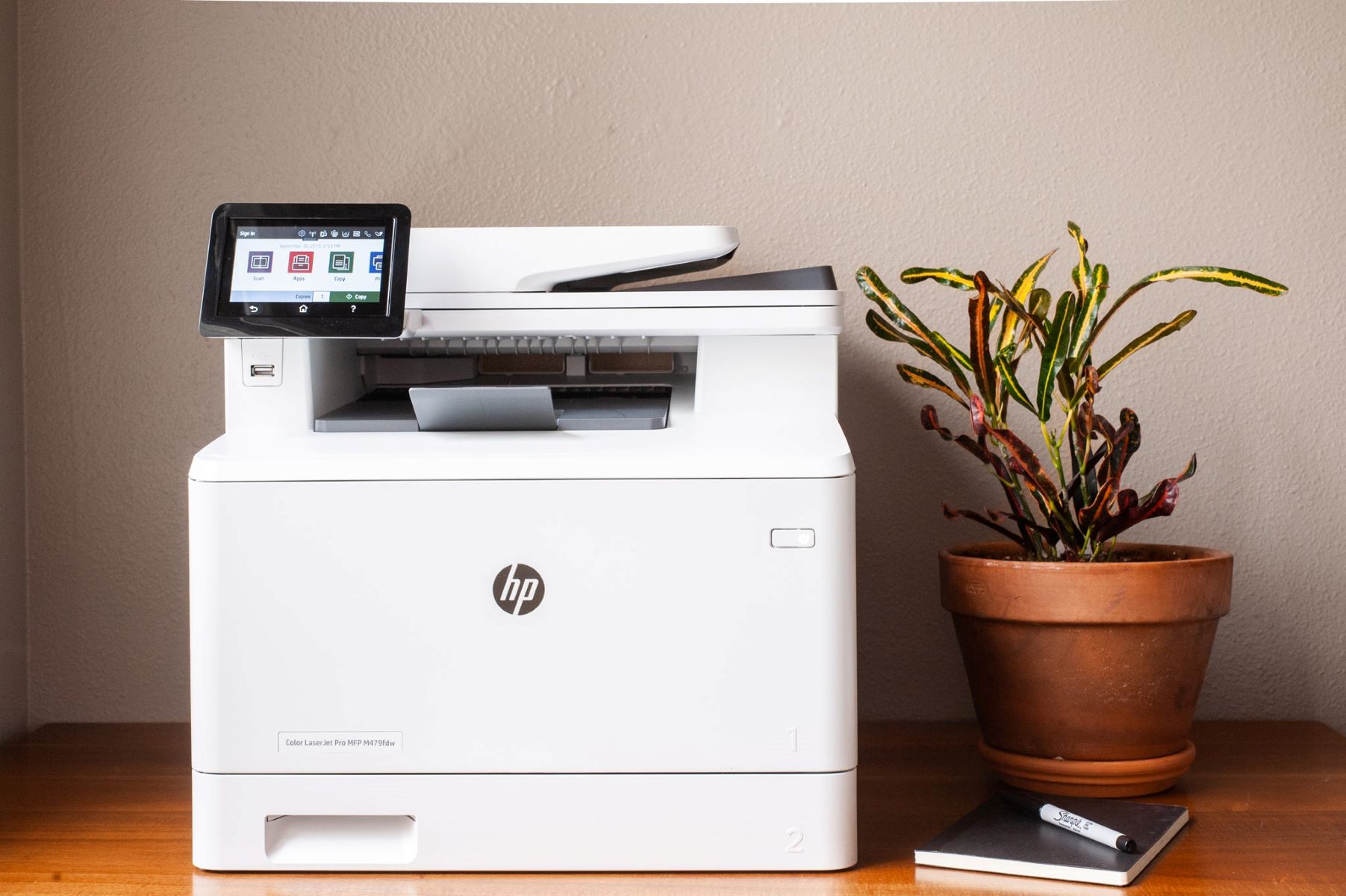
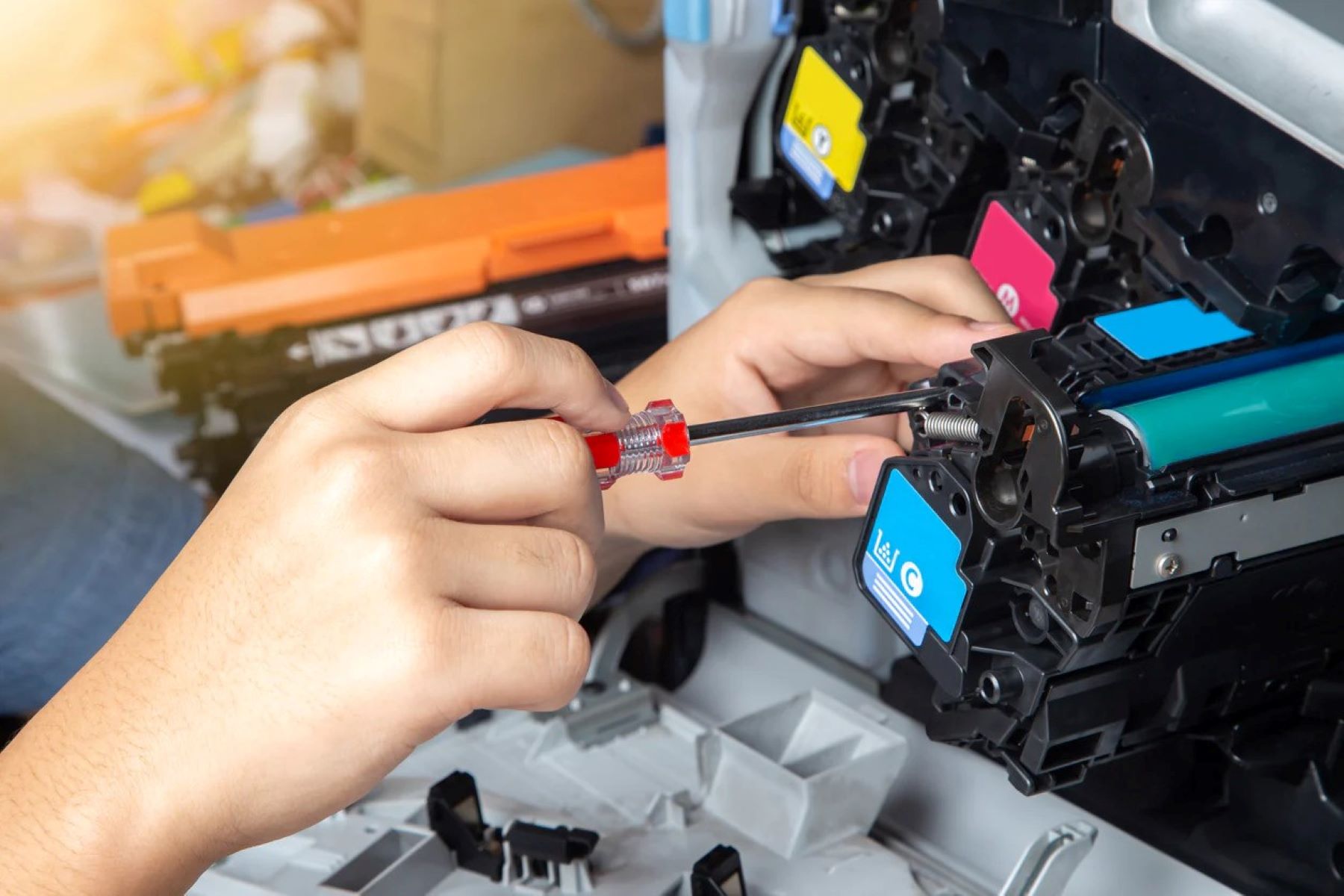

0 thoughts on “How To Clean Laser Printer Drum”